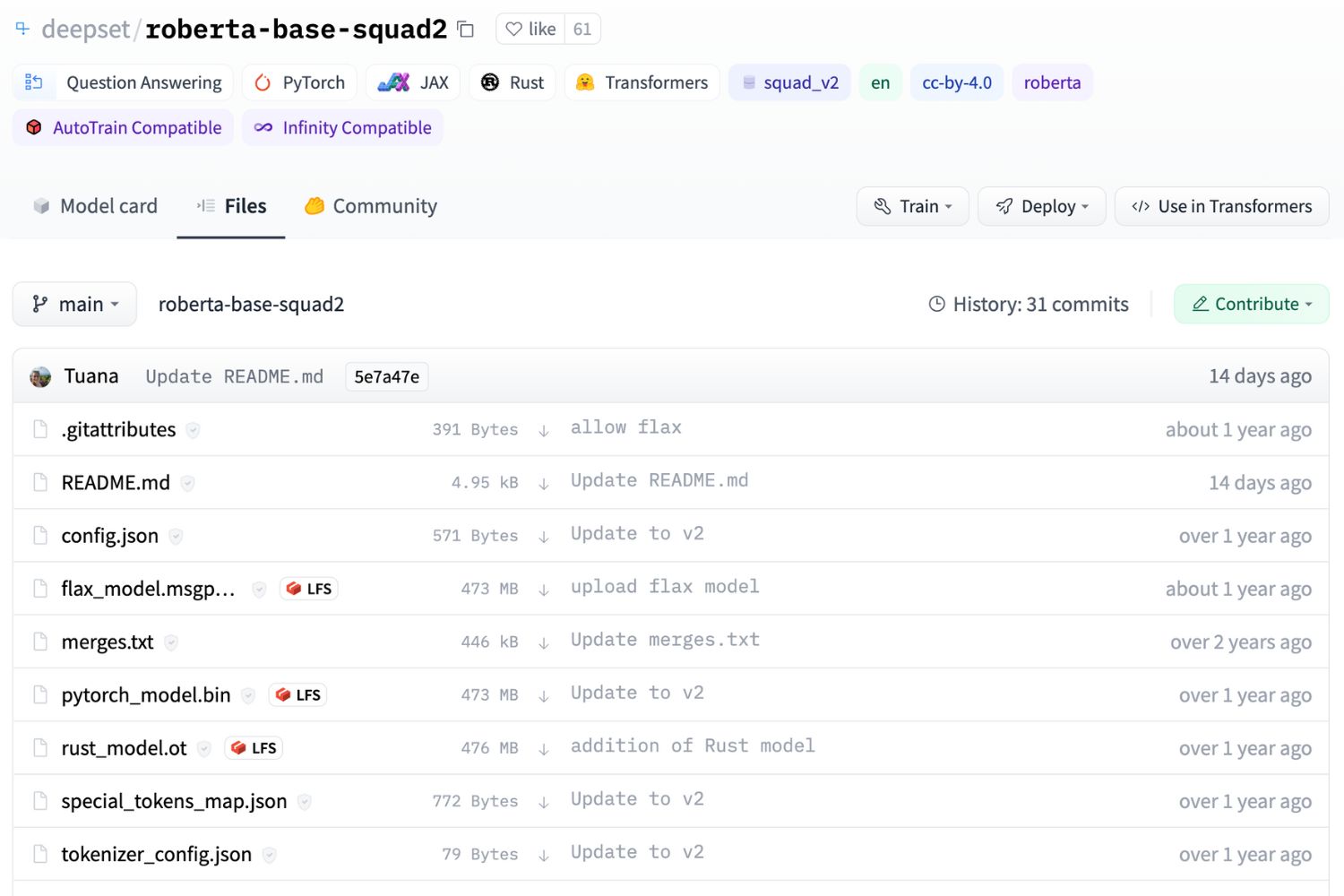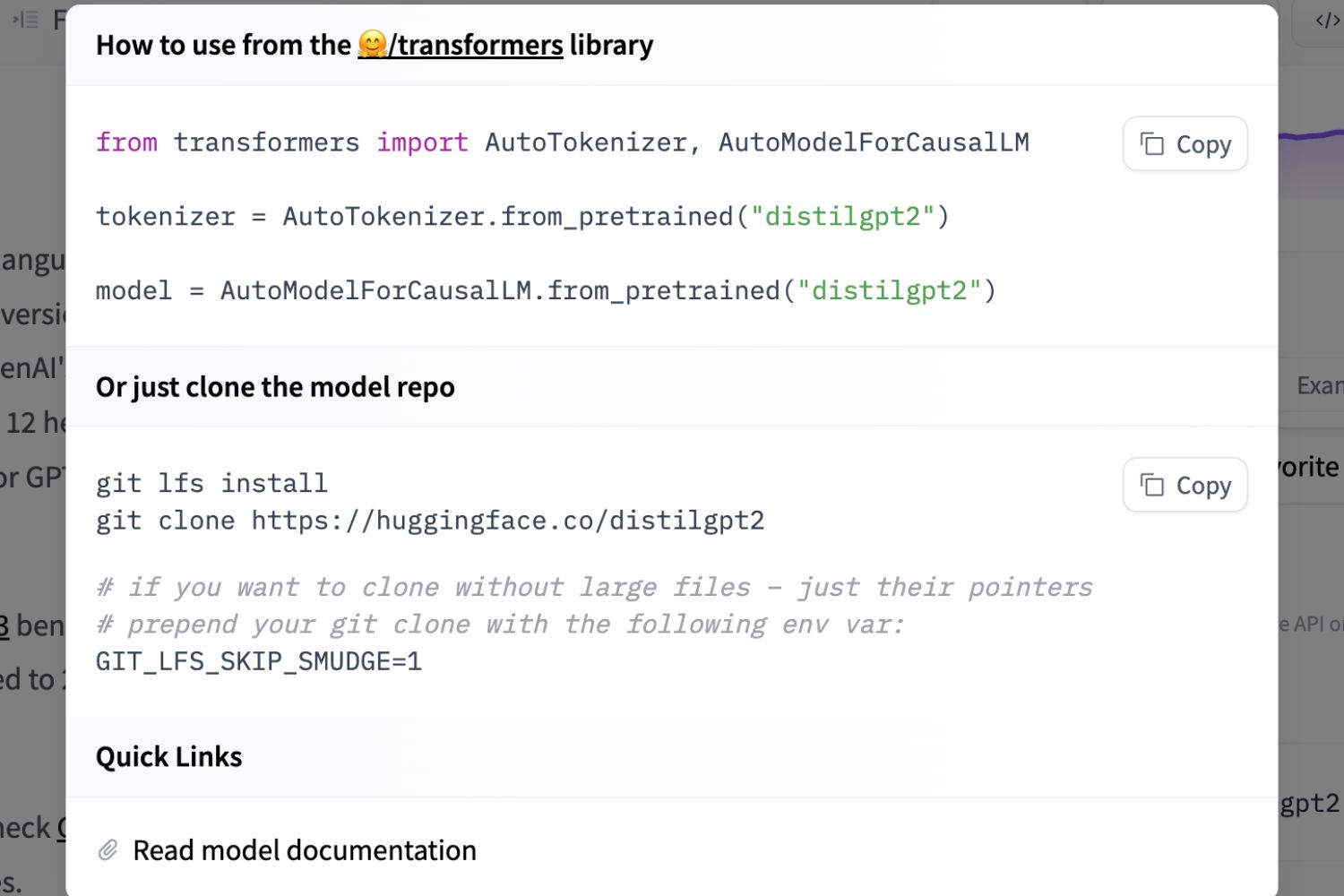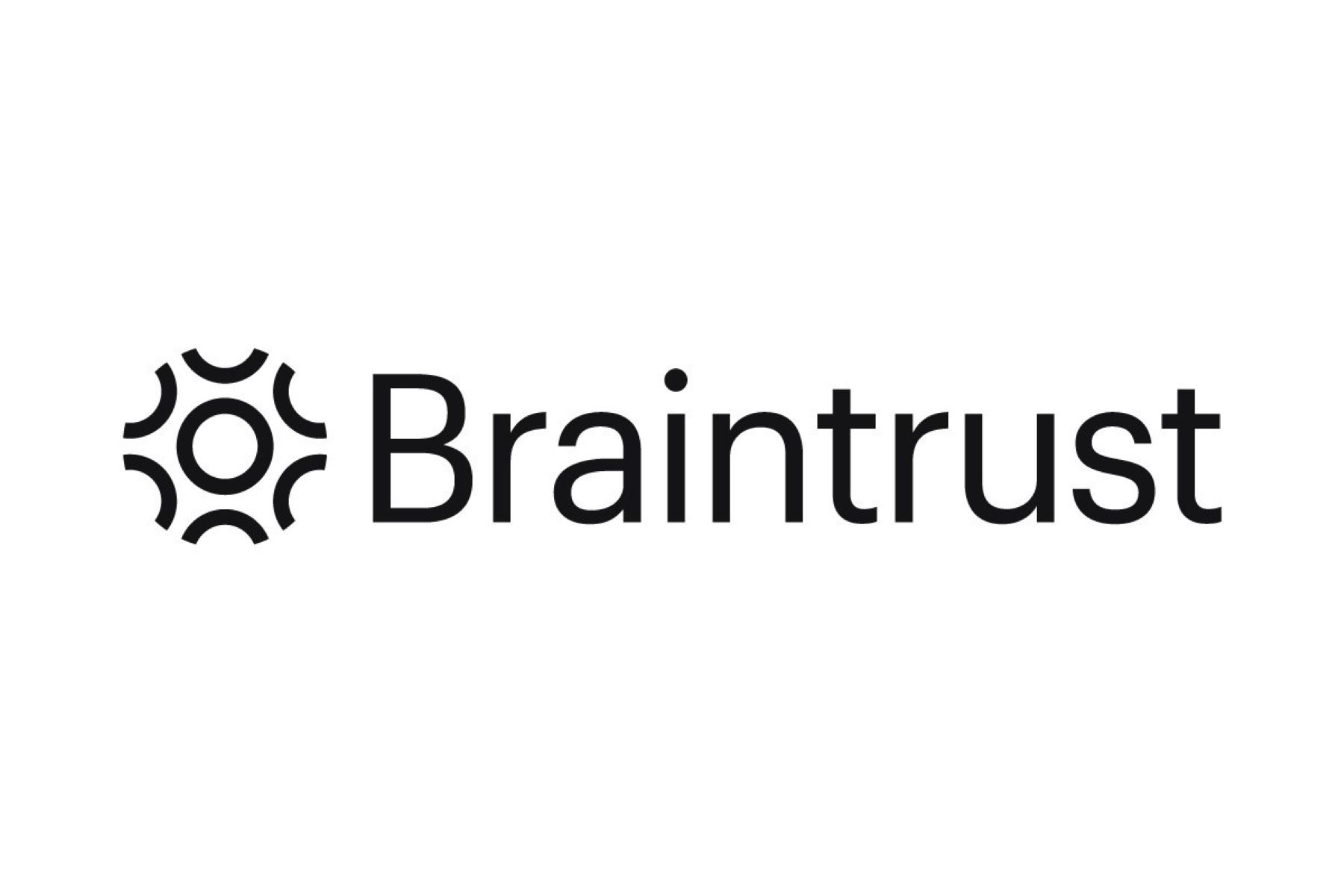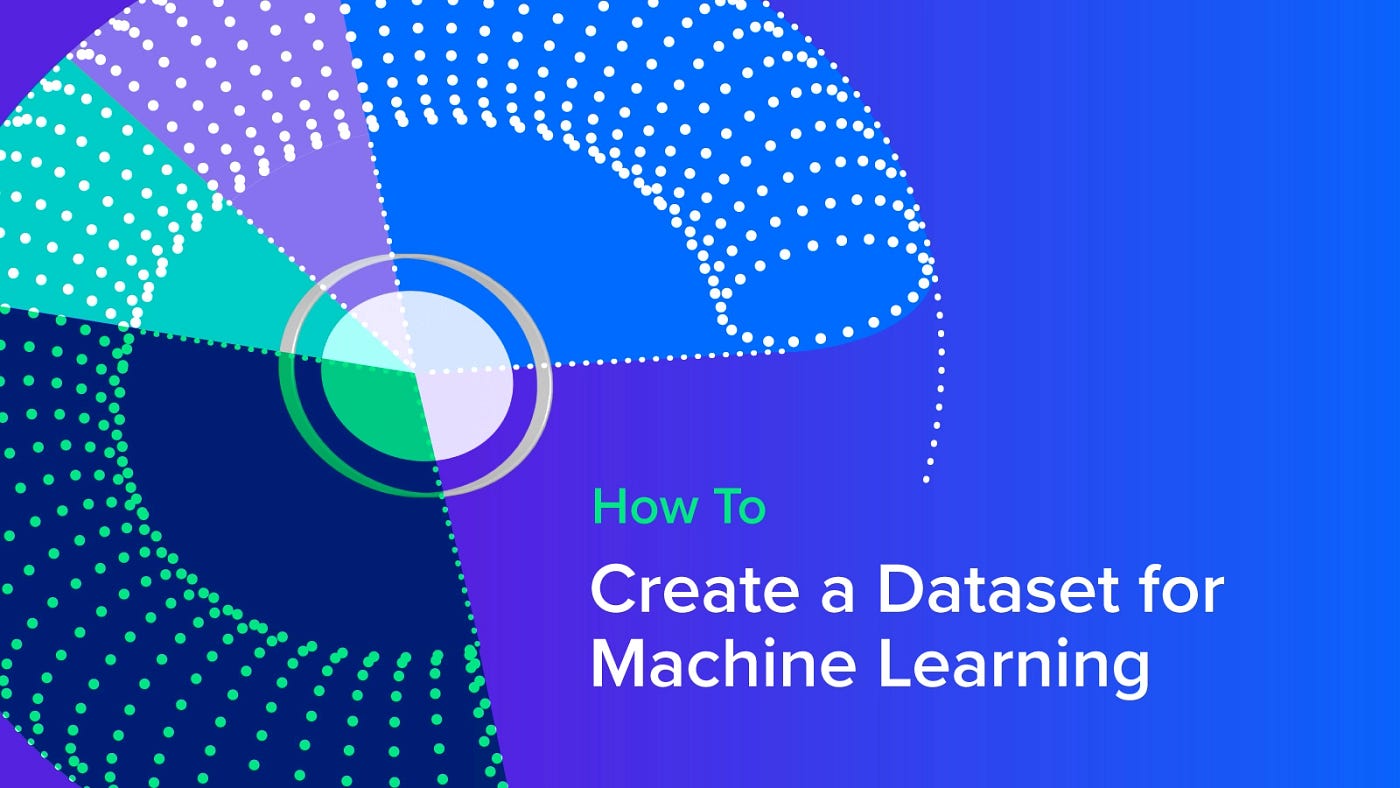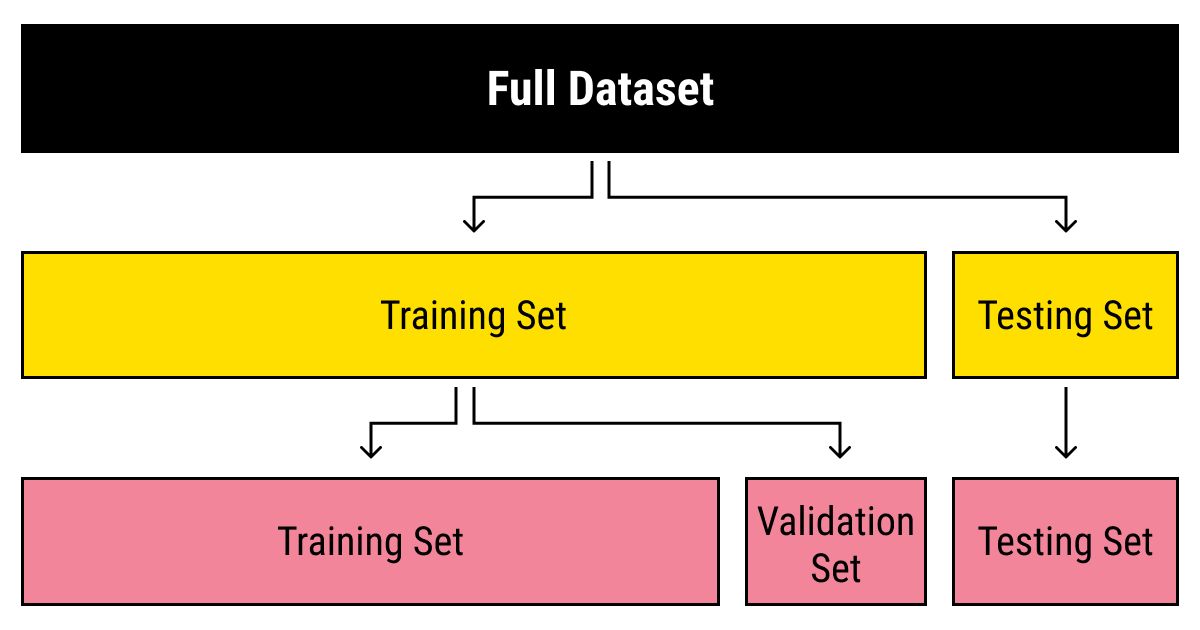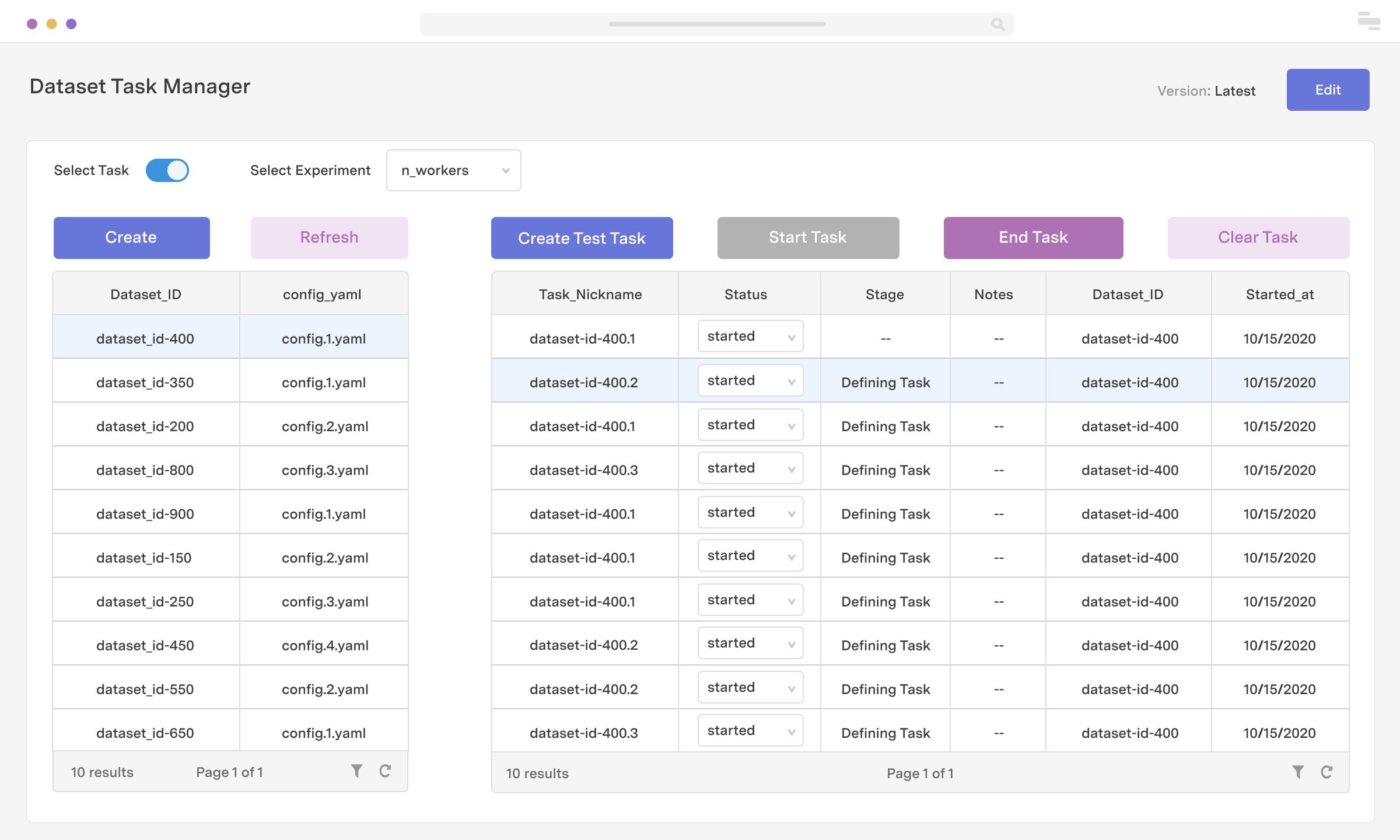Introduction
Welcome to the world of Huggingface! If you’re a data enthusiast, a machine learning practitioner, or just someone curious about exploring various datasets, Huggingface is the go-to platform for you. The library provides a wide range of pre-trained models, datasets, and other NLP-related resources that can be easily accessed and utilized in your projects.
One of the key features of Huggingface is its ability to provide seamless access to a vast array of datasets. Whether you’re looking for text classification, sentiment analysis, language translation, or any other NLP task, Huggingface has got you covered. In this article, we will walk you through the process of downloading a dataset from Huggingface, so you can start experimenting with it right away.
Downloading datasets from Huggingface is not only simple but also efficient. With just a few lines of code, you can have a ready-to-use dataset that can be used for training, evaluation, or any other NLP task you have in mind. So, let’s dive in and discover how easy it is to download datasets from Huggingface.
In this tutorial, we will focus on downloading datasets using the Dataset module provided by Huggingface. This module simplifies the process of handling and accessing datasets, allowing you to effortlessly work with them in Python.
Before we get started, make sure you have Python installed on your system, as well as the required libraries. Don’t worry if you don’t have them yet; we’ll guide you through the installation process in the next step. So, without further ado, let’s jump right in!
Step 1: Install the required libraries
Before we begin, we need to make sure that we have the necessary libraries installed. In order to interact with Huggingface and download datasets, we will be using the transformers library. Additionally, we will also need the datasets library, which provides a convenient interface to access the datasets within Huggingface.
To install these libraries, follow the steps below:
- Open your command prompt or terminal.
- Ensure that you have pip installed by running the command
pip --version. If you don’t have pip installed, you can install it by following the instructions provided on the official Python website. - Once you have pip, run the following command to install the necessary libraries:
pip install transformers datasetsThis command will download and install the latest versions of the transformers and datasets libraries, along with their dependencies. Depending on your internet connection and system configuration, this process may take a few minutes.
Once the installation is complete, you’re all set to move on to the next step.
Step 2: Import the Dataset module from Huggingface
Now that we have the necessary libraries installed, we can begin working with the Dataset module provided by Huggingface. This module allows us to easily access and manipulate datasets in Python.
To import the Dataset module, open your Python script or interactive Python environment and add the following line at the beginning:
from datasets import DatasetThis line imports the Dataset class from the datasets module, making it available for use in our code.
By importing the Dataset module, we gain access to various functionalities that enable us to load, manipulate, and analyze datasets seamlessly. This module provides a unified interface for various types of datasets and takes care of data preprocessing, handling different data formats, and much more.
With the Dataset module imported, we can now proceed to the next step, where we will search for the desired dataset.
Step 3: Search for the desired dataset
The next step in downloading a dataset from Huggingface is to search for the specific dataset you want to work with. Huggingface provides a vast collection of datasets for various natural language processing (NLP) tasks, ranging from sentiment analysis to question-answering and machine translation.
To find the dataset you’re interested in, you can visit the Huggingface Datasets website or use the Huggingface Hub API. The website provides a user-friendly interface where you can browse and search for datasets based on their categories, tags, and descriptions. You can filter datasets based on language, topic, domain, license, and more.
Once you have identified the dataset you want to download, take note of its name. This information will be needed in the next steps to load and download the dataset using the Dataset module.
It’s worth mentioning that Huggingface hosts both community-contributed datasets as well as popular benchmark datasets. Community-contributed datasets contain data created and shared by the Huggingface community, while benchmark datasets typically come from academic and industry sources and are widely used in NLP research.
Whether you’re looking for a specific domain-specific dataset or a general-purpose dataset, Huggingface provides a wide range of options to choose from. Feel free to explore the available datasets and select the one that best fits your project requirements.
Once you have identified the dataset you want to download, we can move on to the next step and learn how to load the dataset using the Dataset module.
Step 4: Load the dataset
Now that you have identified the dataset you want to work with, it’s time to load the dataset using the Dataset module from Huggingface. Loading a dataset allows us to access and manipulate the data efficiently. The Dataset module provides a simple and unified interface to load various types of datasets.
To load the dataset, follow these steps:
- Use the
load_dataset()function from the Dataset module. - Pass the name of the dataset as an argument to the
load_dataset()function. - Assign the returned dataset object to a variable for further processing.
Here’s an example:
dataset = Dataset.load_dataset("dataset_name")Replace dataset_name with the name of the dataset you want to load. This is the same name that you identified in the previous step when searching for the dataset.
By executing these steps, you’ll have the dataset loaded into memory, ready for exploration and analysis. The loaded dataset will be in a tabular format, resembling a pandas DataFrame, with columns representing different features or attributes.
The Dataset module also provides a variety of additional functions to manipulate and preprocess the loaded dataset. These functions allow you to select specific columns, filter rows, shuffle the dataset, split it into training and testing subsets, and much more. This ensures that you can easily prepare your data for training or evaluation purposes.
Now that we have successfully loaded the dataset, let’s move on to the next step and explore the dataset to get a better understanding of its structure and contents.
Step 5: Explore the dataset
After loading the dataset into memory, it’s essential to explore its contents to get a better understanding of its structure and the data it contains. This exploration will help you gain insights into the dataset and enable you to make informed decisions about how to utilize it for your NLP tasks.
The Dataset module provides several convenient methods to explore the dataset:
dataset.info(): This method gives you a high-level overview of the dataset, including the number of examples, available columns, and data types.dataset.features: This attribute provides information about the dataset’s features or attributes, such as their names, types, and shapes.dataset.column_names: This attribute returns a list of column names present in the dataset.dataset["column_name"]: This indexing method allows you to access and explore individual columns in the dataset.
By leveraging these methods, you can quickly gather information about the dataset’s size, structure, and available features. Understanding these aspects will help you decide which columns are relevant to your specific NLP task and how to preprocess the data effectively.
Once you have a comprehensive understanding of the dataset’s structure and contents, you can proceed to the next step, where we will download the dataset to your local machine for further analysis and use.
Step 6: Download the dataset
Now that you have explored the dataset and have a good understanding of its structure and contents, it’s time to download the dataset to your local machine. By downloading the dataset, you will have a local copy that you can use for training, evaluation, or any other NLP task you have in mind.
To download the dataset, follow these steps:
- Use the
.download()method on the loaded dataset object. - Specify the destination folder where you want to save the dataset.
Here’s an example:
dataset.download(destination_folder='path/to/destination')Replace 'path/to/destination' with the actual path on your local machine where you want to save the dataset. Make sure to provide the full path including the folder name and any subfolders if needed. Ensure that you have write permissions for the specified destination folder.
Executing these steps will initiate the download process and save the dataset to the specified destination folder on your machine. The dataset will be stored in a format that is compatible with the Dataset module, ensuring easy access and usage in subsequent steps of your NLP pipeline.
It’s important to note that depending on the size and complexity of the dataset, the download process may take some time. However, once the download is complete, you will have a local copy of the dataset for further analysis and experimentation.
With the dataset successfully downloaded to your local machine, you are now ready to unleash the power of this data in your NLP projects.
Conclusion
Congratulations! You have successfully learned how to download datasets from Huggingface using the Dataset module. By following the step-by-step process outlined in this article, you are now equipped with the necessary knowledge to access a wide range of datasets for your NLP projects.
We started by installing the required libraries, including the transformers and datasets libraries. These libraries enable us to interact with Huggingface and access the datasets seamlessly.
Next, we imported the Dataset module from Huggingface, which provides a unified interface for loading, exploring, and manipulating datasets in Python.
We then delved into searching for the desired dataset using the Huggingface Datasets website or the Huggingface Hub API. This allowed us to narrow down our search and identify the dataset that aligns with our project requirements.
Afterward, we loaded the dataset using the Dataset module, giving us access to the data in a tabular format. We explored the dataset’s structure and contents to gain a deeper understanding of its attributes and make informed decisions on how to preprocess the data.
Finally, we downloaded the dataset to our local machine, ensuring we have a local copy for further analysis or usage in our NLP tasks.
Now, armed with this knowledge, you can leverage the power of Huggingface’s vast collection of datasets to enhance your natural language processing projects. Remember to explore different datasets, experiment with various models, and uncover meaningful insights from the data.
So go ahead, download the dataset of your choice, and embark on your NLP journey with Huggingface!







